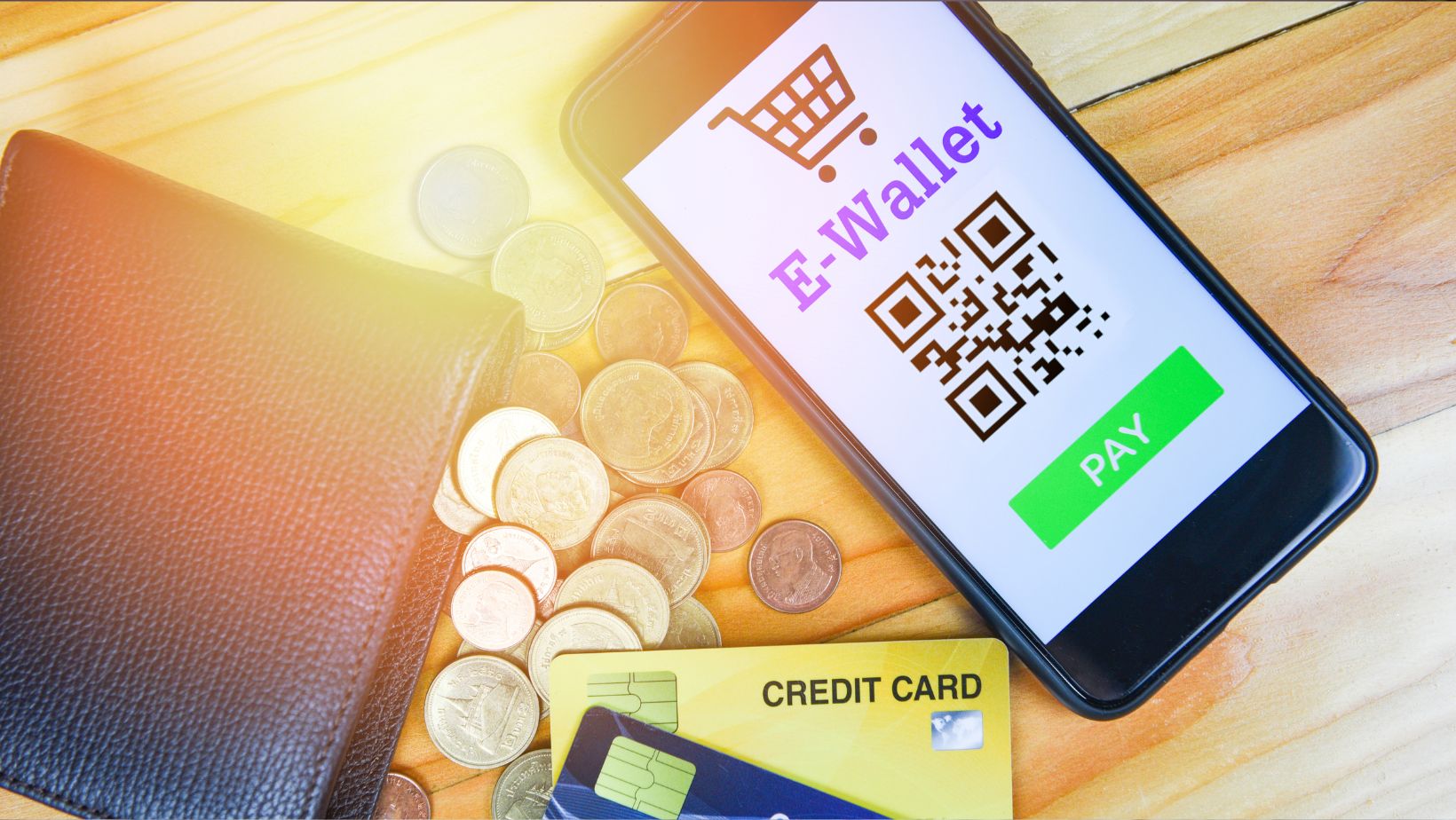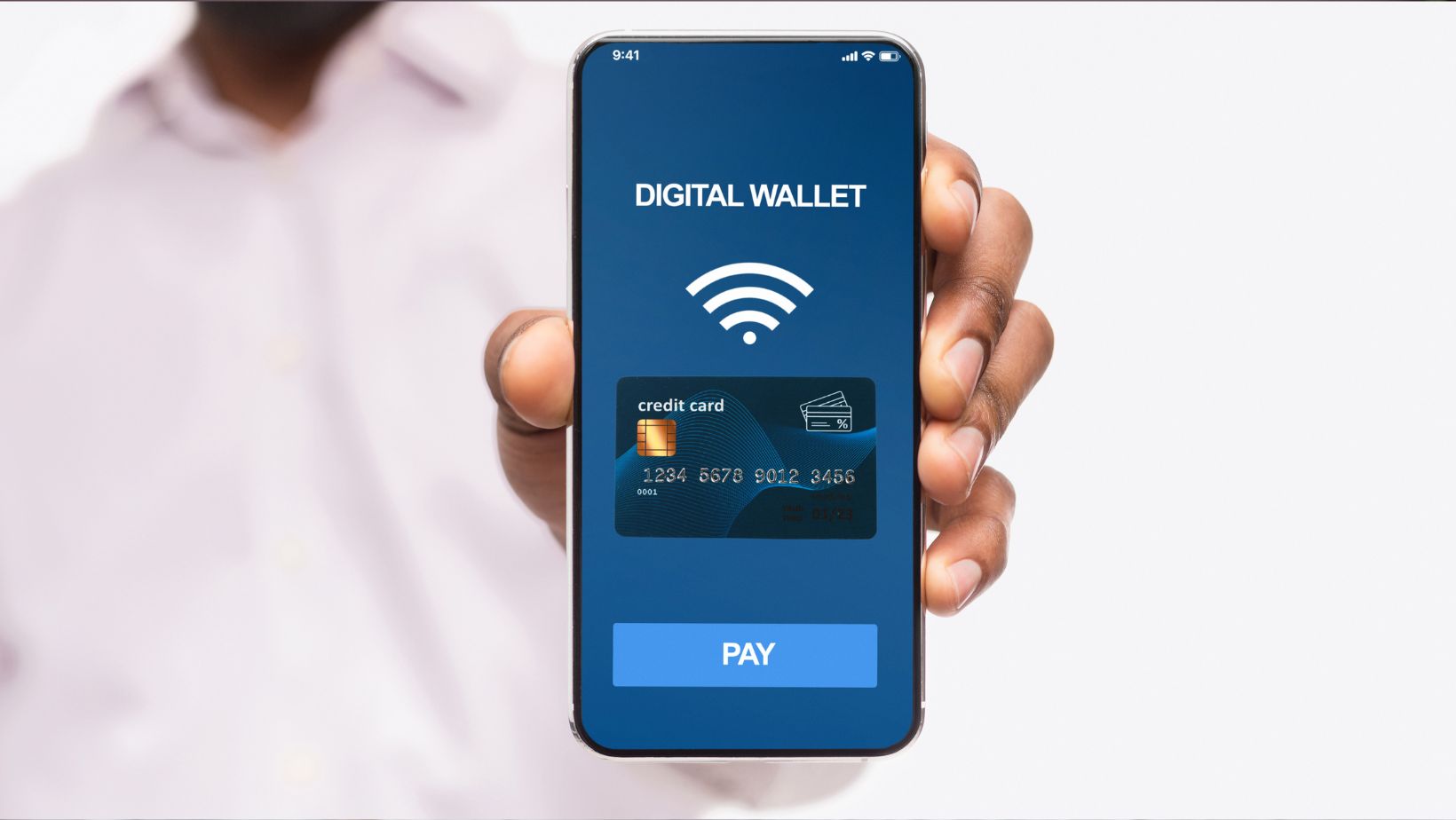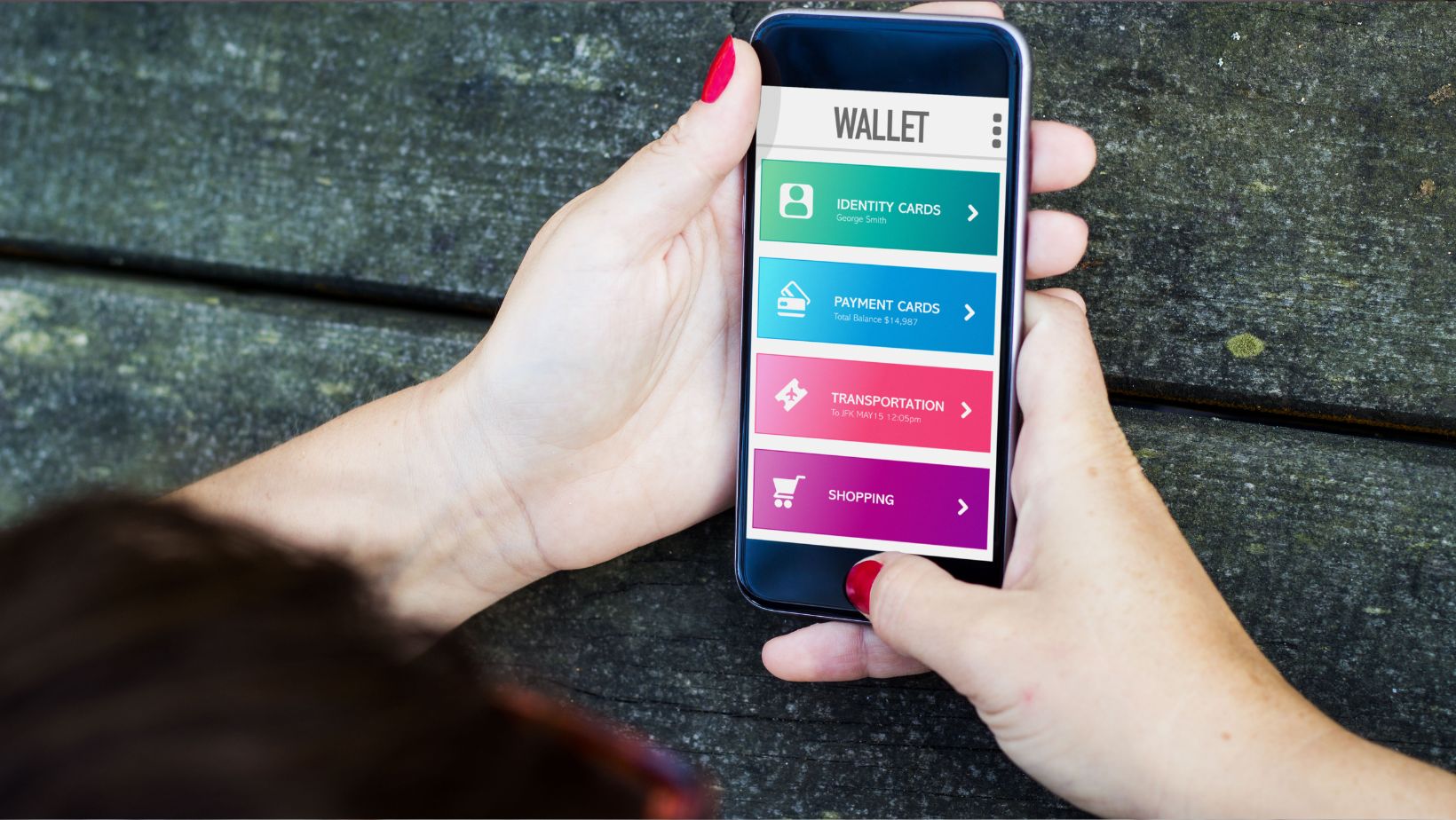
How to Build a Secure & Feature-Packed eWallet App
🚀 Why eWallet Apps Are the Future of Payments
Did you know that digital payments are expected to exceed $14.78 trillion by 2027? 💰 The rapid adoption of eWallet apps is transforming the way people send, receive, and store money.
Consumers demand faster, safer, and more convenient payment solutions. Whether you’re a fintech startup or an enterprise, entering the eWallet app development space is a game-changer.
But how do you create an app that’s fast, secure, and user-friendly? Let’s break it down!
📌 What is an eWallet App?
An eWallet app (or digital wallet) is a mobile application that allows users to store money, make transactions, and manage financial data securely. Examples include Apple Pay, Google Pay, PayPal, and Venmo.
✅ Core Benefits of eWallet Apps
- Faster Transactions: Cashless payments in seconds.
- Enhanced Security: Encryption & biometric authentication.
- Cost-Effective: No need for physical cash or cards.
- Convenient: Pay anytime, anywhere.
💡 Expert Tip: “To succeed in eWallet app development, prioritize security and a seamless user experience. Users won’t tolerate laggy or unsafe apps!” – Fintech Expert, John Simmons.
🔥 Essential Features for eWallet App Development
A great eWallet app isn’t just about transactions. It must offer secure, scalable, and user-friendly features.

| Feature | Why It Matters |
| Multi-Layer Security 🔐 | Encryption, tokenization, biometric authentication |
| QR Code Payments 📷 | Fast, contactless transactions |
| Bank Integration 🏦 | Seamless connection to bank accounts |
| P2P Transfers 💸 | Instant money transfers between users |
| Crypto & Forex Support 🌍 | Expand payment options beyond fiat |
| AI Fraud Detection 🤖 | Prevent unauthorized transactions |
💡 Did you know? 85% of users delete an app if the onboarding process is too complex. Keep your UI/UX simple!
⚙️ Step-by-Step Process for eWallet App Development
Ready to build your eWallet? Follow these six essential steps.
1️⃣ Market Research & Compliance
Before diving into development, understand:
- User expectations
- Competitor analysis
- Compliance laws (PCI DSS, GDPR, AML, KYC)
2️⃣ Choose the Right Technology Stack
Your tech stack should support scalability, security, and speed.
| Component | Technology |
| Frontend | React Native, Flutter |
| Backend | Node.js, Python (Django) |
| Database | PostgreSQL, MongoDB |
| Security | AES-256 encryption, OAuth 2.0 |
3️⃣ UI/UX Design: Keep it Simple & Intuitive
Pro Tip: “The fewer clicks to complete a transaction, the better.” – UX Expert Lisa Wong.
4️⃣ Develop & Test the MVP (Minimum Viable Product)
Build a basic version first, test it with real users, and refine it based on feedback.
5️⃣ Payment Gateway & Security Implementation

- Integrate with Stripe, PayPal, Razorpay
- Enable multi-factor authentication (MFA)
- Implement AI-driven fraud detection
6️⃣ Launch, Monitor & Scale
🚀 After launch, track user engagement, fix bugs, and continuously improve!
💡 Future Trends in eWallet App Development
The fintech industry never stops evolving. Here are the top trends for 2025:
- AI-Powered Personal Finance Assistants 🤖
- Integration with Web3 & Blockchain Payments 🔗
- Voice-Activated Transactions 🎙️
- Decentralized Finance (DeFi) eWallets 🌍
🎯 Final Thought: The best eWallet apps combine speed, security, and seamless UX. Invest wisely, and you’ll dominate the market! 🚀



